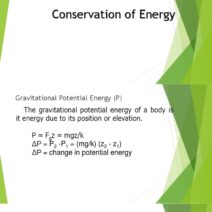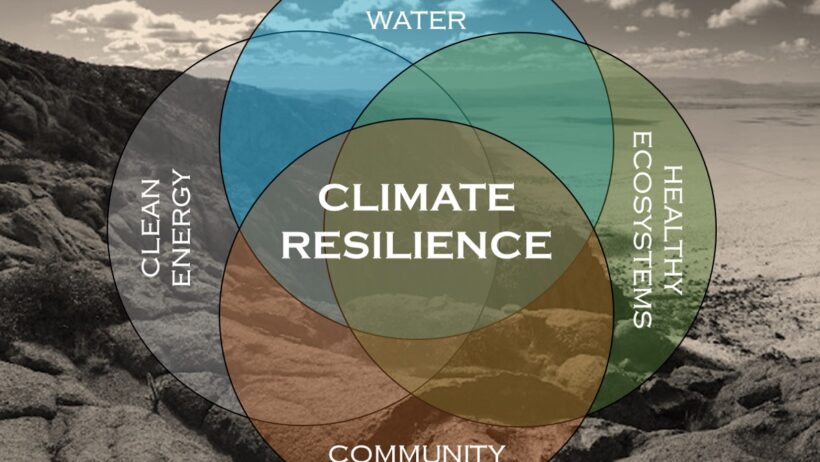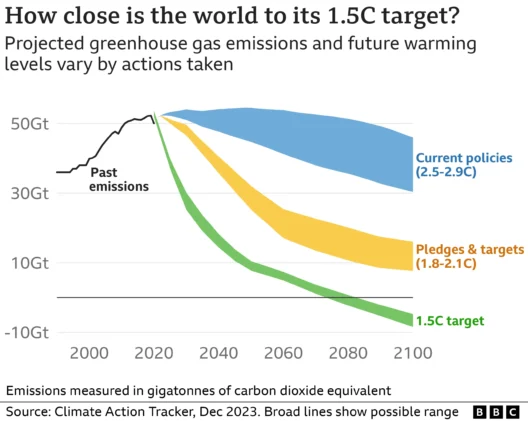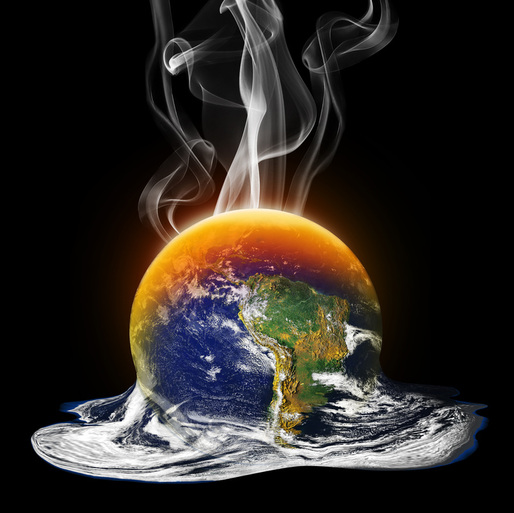What does an arid climate truly mean? Living in a landscape where water is scarce certainly poses challenges, yet it also brings unique opportunities for adaptation and resilience. As we delve into this topic, let’s consider: How do the inhabitants of these regions thrive amidst such a scarcity? Understanding the nuances of arid environments is crucial, as these areas are becoming increasingly significant in the context of climate change.
An arid climate, by definition, is characterized by low precipitation, typically less than ten inches (25 centimeters) annually. This scarcity of rainfall results in pronounced dry seasons and often leads to drought conditions. In simple terms, arid regions are those where the available water from rainfall evaporates faster than it can be replenished. This phenomenon not only influences the local ecology but also shapes the lifestyle and economic activities of their human inhabitants.
Commonly spawning deserts or semi-deserts, these climates are not restricted to the well-known Sahara or the Mojave. They can also be found in places like the Great Basin in the United States or parts of Australia. The vegetation in arid climates has evolved in remarkable ways. Succulents, for instance, utilize specialized photosynthesis to minimize water loss. Native species like cacti have become masters of survival in extreme conditions, demonstrating the ingenuity of nature.
As we explore the flora and fauna adapted to arid conditions, it’s important to recognize the intricate dance between organisms and their environment. Plants in these regions typically possess deep root systems to tap into underground water sources, while animals often undergo behavioral adaptations to avoid overheating during the blistering afternoons. Many species are crepuscular, being active primarily at dawn and dusk when temperatures are more bearable. This begs the question: How do these organisms inform the sustainable practices that could be adopted by humans living in arid conditions?
Adapting to an arid climate presents both trials and innovations. Agriculture in such regions can be perilous, as traditional farming methods often fall short in the face of harsh conditions. Crop yields can be significantly impacted by water scarcity. However, techniques such as xeriscaping—designing landscapes to reduce the need for irrigation—demonstrate a shift towards embracing the local environment rather than resisting it. This form of landscaping utilizes drought-tolerant plants and efficient irrigation practices, and it highlights how agricultural practices can evolve alongside climate challenges.
Furthermore, the challenge extends to urban areas where populations are growing amid decreasing water resources. Cities like Phoenix, Arizona, serve as case studies for thriving in arid climates. Innovations such as rainwater harvesting systems and the use of greywater for irrigation illustrate how urban planning can adapt to water scarcity. The question then surfaces: Can these metropolitan hubs become templates for sustainable living in arid climates worldwide?
Water scarcity not only affects food production and urban life but also has dire implications for biodiversity. In arid regions, the fragility of ecosystems is palpable. Endangered species find their habitats dwindling, while invasive species may thrive by exploiting the vulnerabilities created by climate change. Conservation efforts in these locales become crucial. Protecting existing ecosystems and restoring degraded habitats require coordinated strategies that account for the delicate balance between maintaining biodiversity and meeting human needs.
The social implications of living in an arid climate are equally profound. Water scarcity often exacerbates social inequalities. In many regions, access to clean water is not guaranteed, leading to tensions within communities and between nations. Historical conflicts over water rights illustrate how essential this resource is to both survival and prosperity. Thus, sustainable water management practices must be developed with community engagement and equity at the forefront. This raises the inquiry: How can we foster cooperation in regions where competition for water resources is high?
In terms of economic activities, the repercussions of arid climates lead to unique industries. Tourism can thrive in these sun-drenched landscapes, drawing visitors eager to explore deserts and canyons. Renewable energy, particularly solar power, grows exponentially as technology advances, offering an eco-friendly solution for energy needs. Such innovations could help alleviate some challenges posed by arid conditions while promoting sustainability. As we navigate this exciting intersection of economy and environment, we should reflect: Could the solutions crafted in arid regions be the key to addressing global climate challenges?
As the world grapples with the implications of climate change, understanding and adapting to arid environments becomes progressively vital. Living where water is scarce is not merely about survival; it’s also a testament to human ingenuity and resilience. Enhanced awareness of these remarkable regions can inform global strategies for sustainability, resource management, and social equity. The lessons learned from how life flourishes in the face of adversity are applicable far beyond the desert landscapes, resonating in areas threatened by rising temperatures and changing weather patterns worldwide.
In conclusion, the arid climate embodies an intricate tapestry of challenges and opportunities. The inhabitants of these regions, both human and non-human, illuminate pathways toward sustainability that can inspire us all. No longer can we dismiss these areas as mere barren landscapes; instead, they must be recognized as vibrant ecosystems, each with its unique set of complexities. The journey to understanding what it means to live in a water-scarce environment beckons for deeper inquiry and broader collaborative efforts—ultimately impelling us to rethink our relationship with water and our planet.







